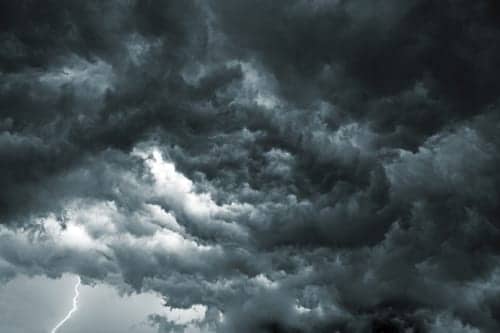While rain is believed to help people with asthma and allergies by clearing the air of pollen, thunderstorms may actually trigger asthma outbreaks, according to a new study.
For example, a 2016 thunderstorm asthma outbreak in Australia occurred when high grass pollen concentrations were dispersed by strong winds. This resulted in multiple deaths and a surge of people seeking medical help for breathing problems.
The authors of the new study explained that rainfall and high humidity rupture pollen particles. Thunderstorm electrical activity further fragments the particles. And strong winds can spread pollen ahead of the storm. A combination of several of these factors can lead to asthma outbreaks.
“Thunderstorm asthma is a very complex phenomenon and involves interactions of allergens like grass pollens, thunderstorms and susceptible groups of people,” said study lead author Andrew Grundstein. He is a professor of geography at the University of Georgia.









